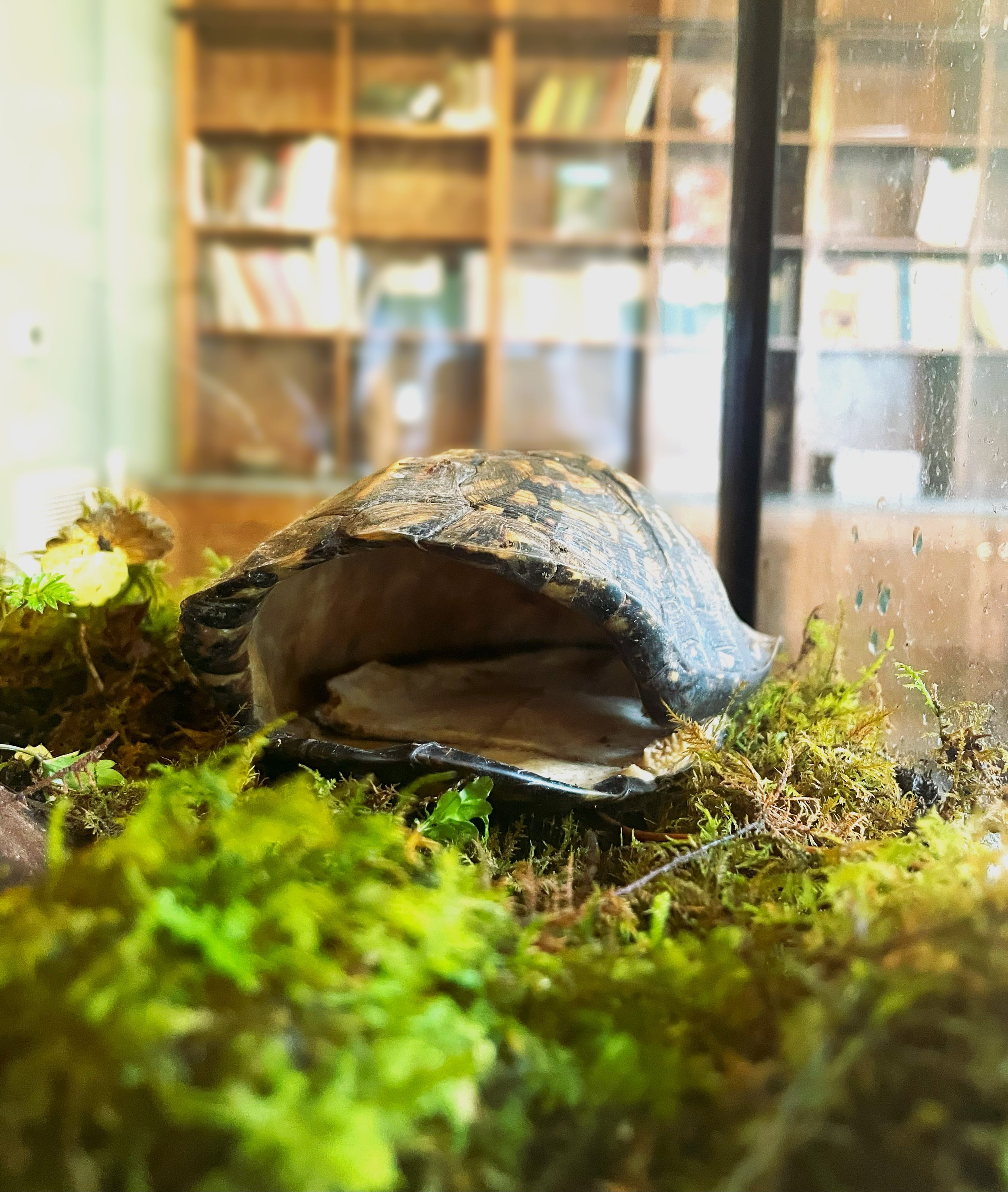

Containing Wonder - Creating Terrariums
As the days get shorter and nature prepares to rest, getting outside can be harder—and certainly colder! Now is the perfect time to bring a little bit of nature inside by crafting a terrarium.


As the days get shorter and nature prepares to rest, getting outside can be harder—and certainly colder! Now is the perfect time to bring a little bit of nature inside by crafting a terrarium.